With uncertain seasonal conditions looming in February 2018, Wirrabilla Fleckvieh & Angus made the decision to sell the majority of its commercial Spring drop calves off their mothers, to Hardwicks cattle feeding operation at Cootamundra.
The entire line – both steers and heifers, went to Hardwick’s Cootamundra feedlot, run by Candy and David Thorn.
“We generally like to put weight on ourselves,” Guy Martin, manager of Wirrabilla Fleckvieh & Angus, located at Taralga and Gunning, NSW, said, “but it made good sense to sell them early with rainfall below average and the good price at the time being offered.”
It’s been a win-win.
Phil Conway, Hardwicks buyer, was keen to secure the Fleckvieh/Angus line because of their reputation as good cattle. “If you want a Rolls Royce at the end,” he said, “you need a Rolls Royce at the start.”
“If you want a Rolls Royce at the end, you need a Rolls Royce at the start”
The Wirrabilla Fleckvieh/Angus weaners will go to Hardwicks top end customers. Hardwicks are in the business of supplying quality grain fed trade cattle to the best butcher shops around Australia. These cattle will end up in one of the best butcher shops Phil Conway said.
Hardwicks have a big operation with four feeding locations in Australia. Each week they process up to 30,000 sheep and 3000 cattle at Kyneton, Victoria.
The ideal induction weight for weaners entering their Cootamundra feeding operation is 270-300kg live weight. Once settled in, weaners put on up to 1.8kg/day, which is a lot for such young cattle, according to feedlot operator, the Candy Thorn. Hardwicks aim for a final live weight of 400kg and carcase weight of 200-220kg.
The Fleckvieh/Angus weaners are getting to the target 400kg final weight quickly – at only 9 months of age.
Hardwicks have been very pleased with the performance of the Wirrabilla Fleckvieh/Angus weaners. “We want to keep buying these sort of cattle – absolutely,” Phil Conway said.
Commenting on the line he said, “Look at this little heifer, she’s one of the captains of the pen – nice and soft. All that carcase characteristic. Just a really good animal.”
“You can see the carcase conformation and shape, from the forequarter through the primals across the loin and the rump with fat distribution and evenness. It’s really what we’re after.”
The final test will come when they are processed. Carcase quality shouldn’t be a problem for the Fleckvieh/Angus cross with Wirrabilla progeny previously performing at the top in feedback trails.
One of the exciting things for Wirrabilla, and other Euro cross cattle breeders out there, is that finally there’s a buyer who is focused on performance and not coat colour.
“If you go to any of our feeding operations you’ll see a lot of colour and a lot of shape. That’s the hybrid in them.” said Phil Conway.
“We want to keep buying these sort of cattle – absolutely……,”
“If you go to any of our feeding operations you’ll see a lot of colour and a lot of shape. That’s the hybrid in them.”
Hardwicks select for Euro cross cattle in their feeding operation because of the performance they bring. When asked the optimal European breed percentage in Fleckvieh/Angus weaners, Phil Conway said his guess was about 75%.
“Country’s got dearer. Things have got tighter. We’ve had to get smarter.” he said. The hybrid cattle with the Euro content is a big part of getting smarter for Hardwicks.
“Country’s got dearer. Things have got tighter. We’ve had to get smarter”
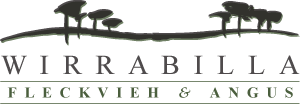
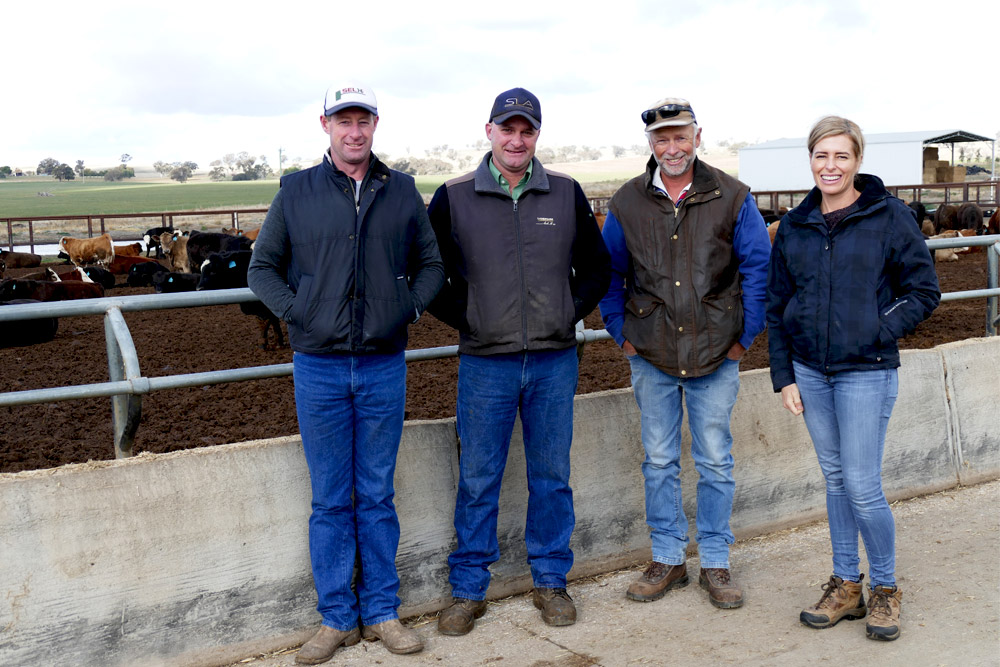
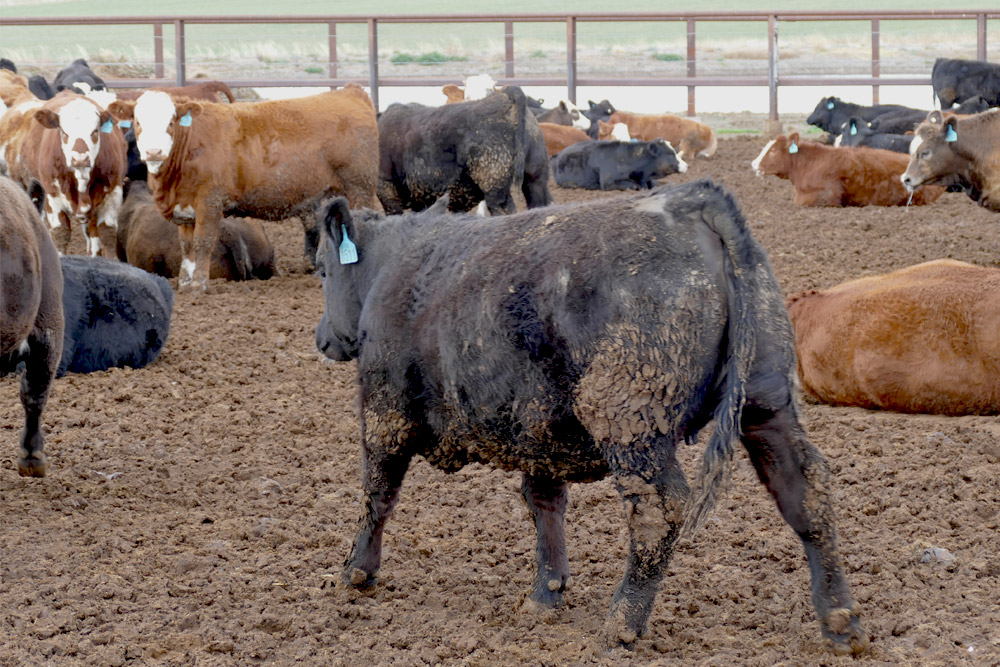
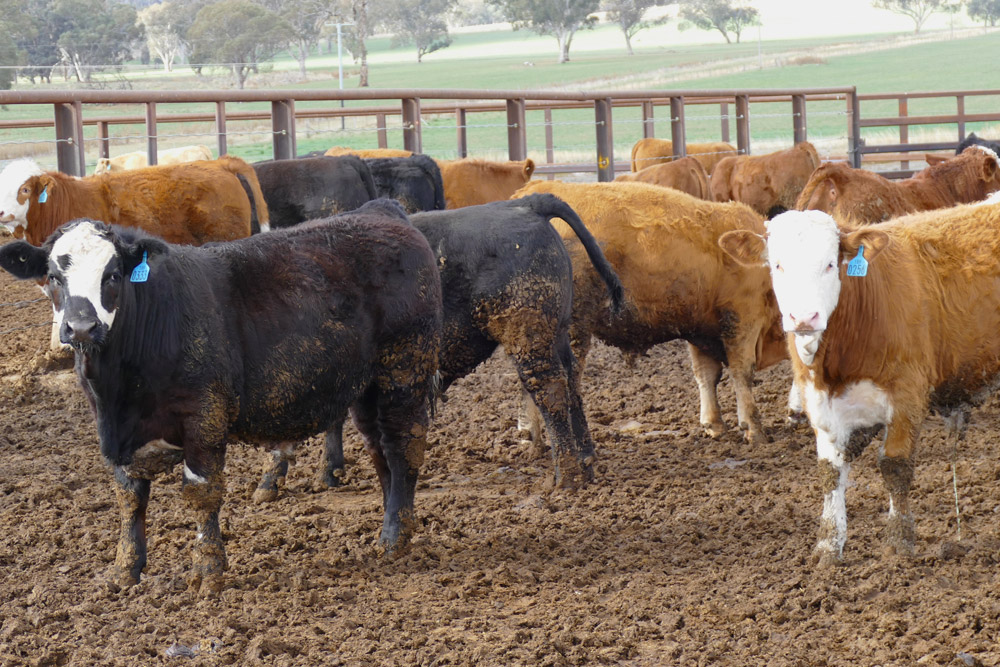
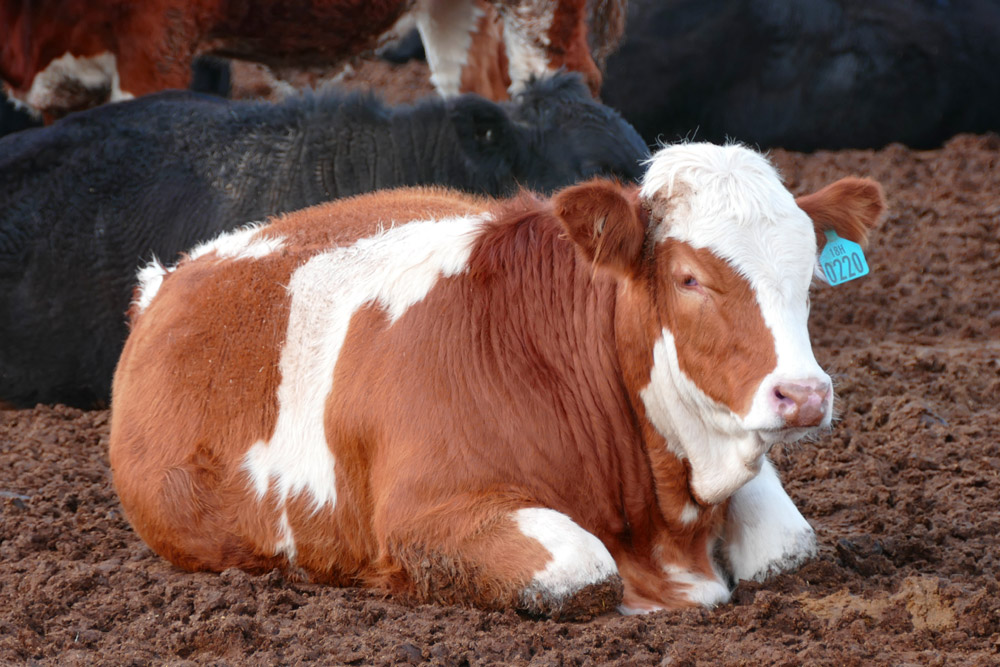
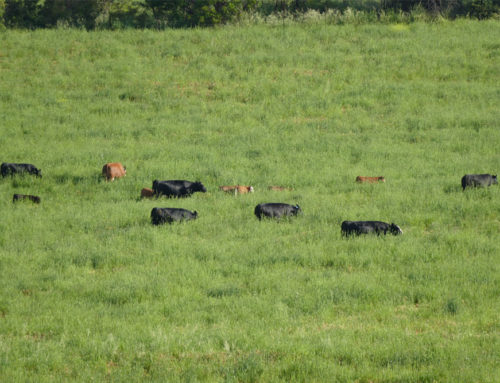
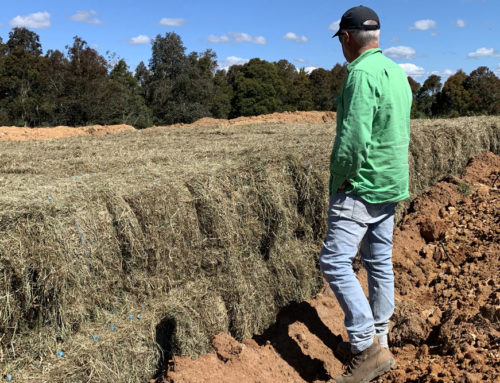
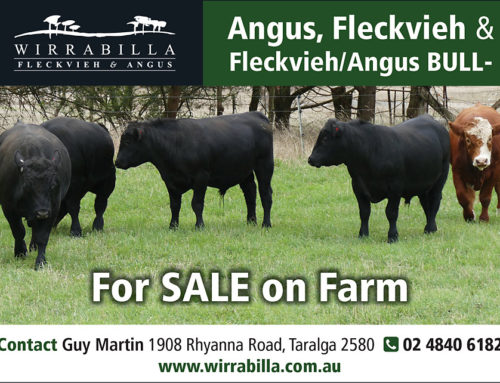
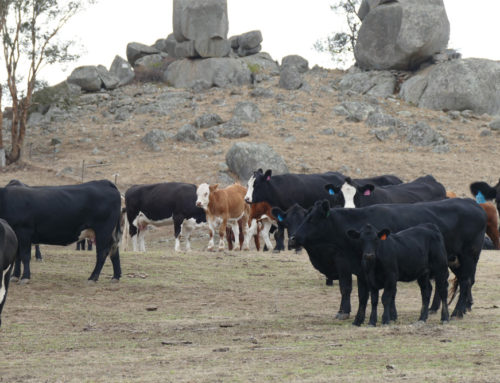
Leave A Comment